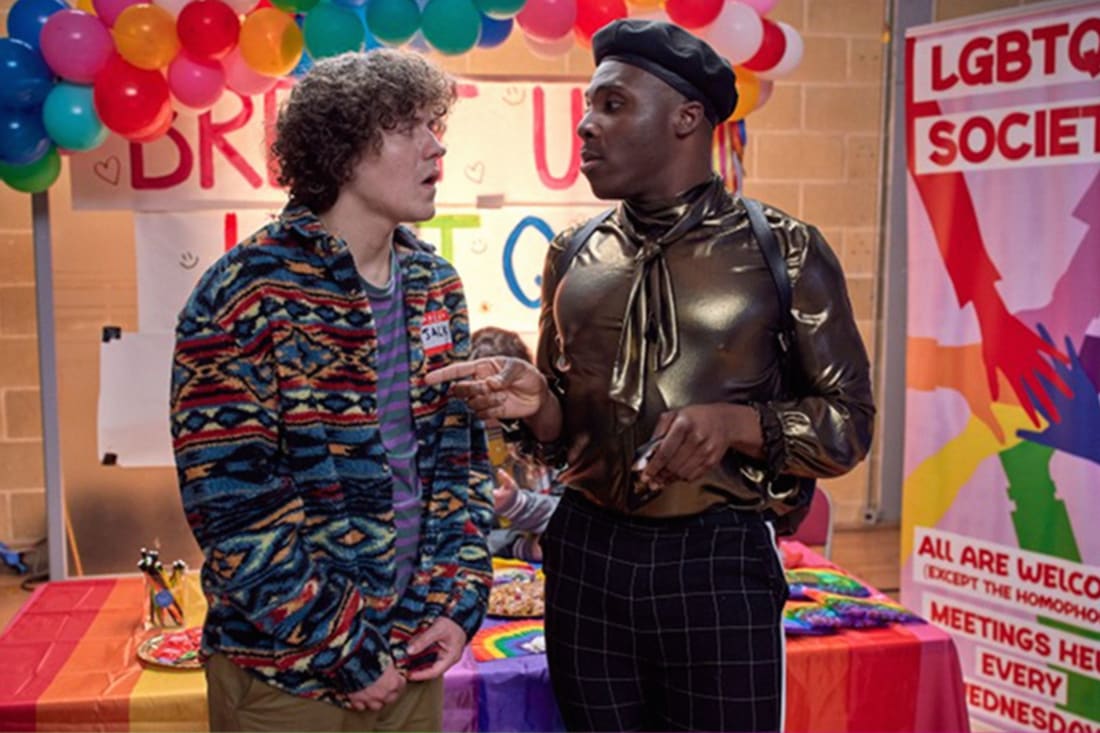This interactive, pink world map celebrates a global queer community
If you have a queer memory, drop a pin and get reading, everyone’s welcome here
If you have a queer memory, drop a pin and get reading, everyone’s welcome here
It all started with a tree. Not a family tree, but something similar. When Lucas LaRochelle was a student at Concordia University in Montreal, they rode a bike home everyday. Their commute crossed many green spaces, but a specific tree held LaRochelle’s attention. It was where they shared special moments with a long term partner, it was also where they had very real conversations about their gender. Over time, the 27-year-old designer and web developer felt a “queer attachment” to the tree. This inspired LaRochelle to plot other places where they had felt this way.
These weren’t necessarily glittery gay bars, underground drag haunts or places of queer revolution. They were everyday spots like a park or a school, spaces that people wouldn’t immediately associate with the LGBTQIA+ community. Historically, queers have been excluded from mainstream spaces, forced to hide who they were and where they expressed themselves. That doesn’t mean they haven’t existed, though, and in 2017, LaRochelle created a digital project called Queering the Map (QTM). The aim was to reclaim common spaces and see where queer lives have authentically existed and travelled across the world.
“I’ve always been interested in using my design and development skills in conversation with queer and trans theory. To think about how technology can be used for good by incorporating the needs and perspectives of marginalised communities, that’s how QTM was born,” LaRochelle says. They made a website featuring an interactive pink map of the world where users can drop pins at any spot where they had a queer memory. The pins are undated and anonymous to protect users’ identities, and usually include notes explaining the experience or feeling they had in the pinned location.
As of July 2023, QTM has over half a million entries from around the world, spanning more than 12 languages and all seven continents. The most number of pins are in the U.S. and the highest daily submission is 20,000 pins. Some pins are confessions of love and sexuality, some are pleas for company and recognition, while others are fan fiction starring gay penguins and sexy polar bears. With this project, LaRochelle hoped to create a global queer archive that is inclusive of every interpretation of the identity.
“Queer and trans life's relationship to truth value is vexed. Queerness being framed as a phase, or transness being framed as a falsehood. Because of this, I made the choice early on in the project not to fixate on what ‘counts’ as queer or trans experience.” they explain. “So it’s been really important for me to honour the multiplicity of ways QTM’s users are approaching the archive – whether it's with extreme sincerity, or complete, you know, delusional hilarity. And I mean delusional in an absolutely positive, life-affirming way,” adds the founder.
A quick glance through the online map explains what LaRochelle is referring to. A pin in Venezuela reads, “Non-binary and queer people exist everywhere, even here. You’re not alone and I love you.” Next to it a pin in Colombia reads, “I let a girl suck my tits here and it was awesome.” A little to the left, in the North Pacific Ocean another pin reads, “I met a gay shark here.” Somewhere else, there’s a 300-word deep dive on how colonialism triggered homophobia, next to another pin about coming out to your conservative family.

Clearly, diverse emotions coexist on the map, but over the years, the online platform has emerged as a safe space for many in the queer community. Alfehys, a 23-year-old engineer from Nigeria, discovered QTM from Twitter and dropped a pin at his old high school, expressing how lonely he felt. “A few weeks later I went on the website and saw a bunch of pins next to mine, saying that they are queer too and went to the same school. We even had a little conversation through pins on the map, I’ve never felt more seen.”
On the other hand, when Kit, a 30-year-old university student in Germany, saw pins in her location mention that people felt unloved and misunderstood, she added an entry in response. “I wanted to let others know I’m here and they’re not alone. There’s a chance that we’ve met, seen each other while doing something mundane like grocery shopping, not knowing what we have in common. I actually added a little rainbow keychain on my backpack, not just to show my own pride, but as a small sign to others that they are not alone and can hopefully feel safe around me.”
QTM also holds immense power in being poly vocal and open source. For readers who haven’t come out yet or are struggling to make sense of their sexuality, seeing stories of queer love in the space that they too exist, or even just places they recognise, can be a heartwarming reminder that there’s space for how they feel, too. Robin, a 22-year-old care assistant from Ireland, says, “My favourite story is a pin at The Stonewall Inn that mentioned NYC Pride on the 50th anniversary of the riots. It described how an old gay couple was walking past a group of younger queers taking careful steps while holding each other's hands. The idea that they were able to persevere despite the challenges the world faced them with, and they have their love and happiness in the end, really stood out to me.”
Besides solidarity, the map doubles as a personal archive as well. Kahless, a 26-year-old writer from Sri Lanka, has added several pins over time. “The map has moments of my life where I felt queer joy, like my first “queer” kiss; as well as moments of sadness and heartbreak. I read them all at one point a couple of years ago and it was a rollercoaster,” he says. Seeing entries from countries far and wide, reminds him that queer people are everywhere and that his experience — of confusion, happiness, concern — is not isolated.
When LaRochelle created QTM, he never imagined it would grow into the mammoth that it has. But as the platform gained popularity, it also received negative attention. Like in 2018, a group of right-wing bigots flooded the map with pro-Trump messages. The founder then reached out to fellow web developers to strengthen the platform’s security. They also brought on volunteers to carefully vet every submission before it goes live.
While it could save time to employ artificial intelligence to sift through the hate, LaRochelle insists on keeping the process human to protect users’ privacy. They are also hoping to secure funding in the future so they can have permanent, paid staff on board to keep the platform alive.
“I think about myself as a young person growing up in Ontario. The internet was the very first place that I saw other queer and trans people, and that, without a doubt, saved my life. It made it possible for me to imagine a future for myself,” LaRochelle says. “So I take QTM staying alive extremely seriously because I know that if I had this resource as a young person, my life would have been changed for the better.”



